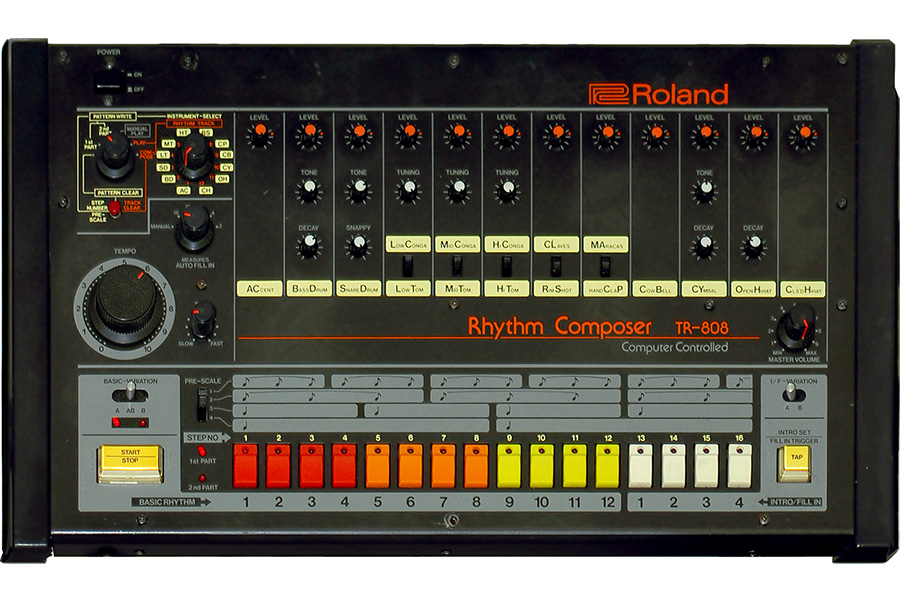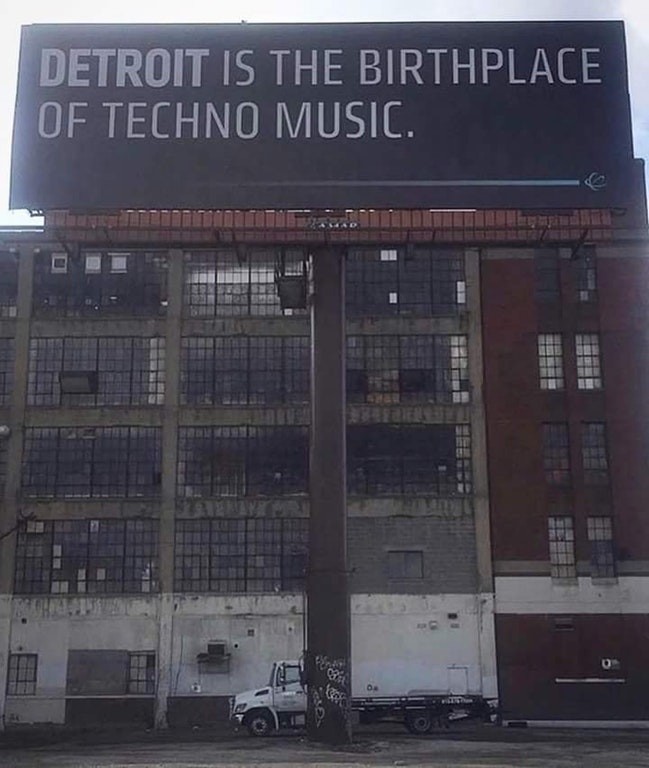Uncertainty Theory #17
About Afrofuturism focused on Detroit techno particularly on the Drexciya band and the Roland TR-808 drum machine.
About Afrofuturism focused on Detroit techno particularly on the Drexciya band and the Roland TR-808 drum machine.
AUDIOS
Juan Atkins/Model 500 - Night Drive (Thru-Babylon)
Drexciya - Antivapor Waves (track 05. The Quest)
Drexciya - Intensified Magnetron (track 06. The Quest)
Drexciya - Hydro Cubes (track 07. The Quest)
Drexciya - You Don't Know (track 02. The Quest)
Drexciya - Gravity Waves (track 04. Gravel 4)
Susumu Yokota - Alphaville (track 10. Acid Mt. Fuji full album (1994))
AFROFUTURISM
"The lives of people of African descent in the U.S. are themselves science fiction: the product of the dreams and struggles of past generations who imagined themselves free from slavery."
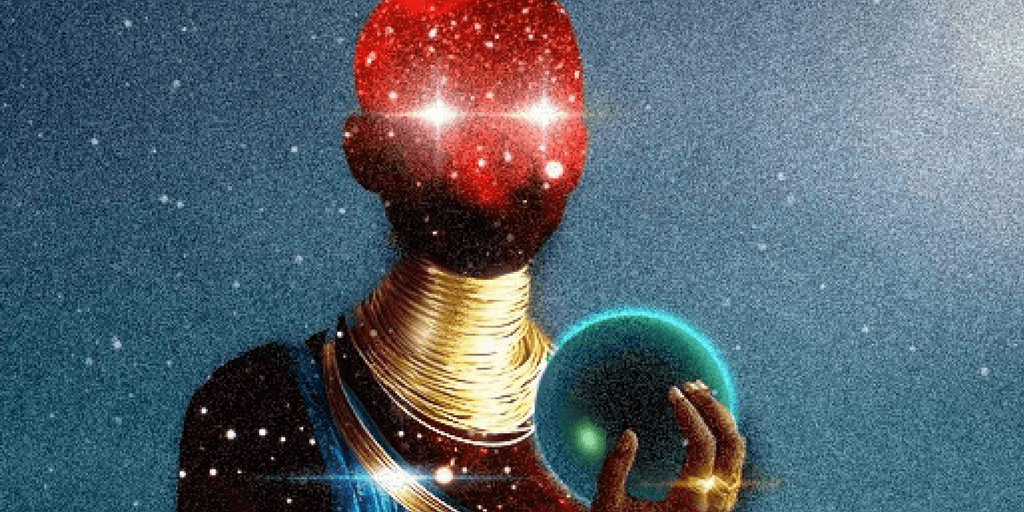
It is a type of literary and cultural aesthetic that combines elements of science fiction, historical fiction, fantasy and magical realism with non-Western cosmogonies. The movement has also been defined as the exploration of "the intersection of black culture, technology, liberation and imagination, with a dash of mysticism as well. It's a way to bridge the future with the past and, in essence, to help reinvent the experience of people of color."
It is said that the Afrofuturist approach to music was first brought about by Sun Rahis music emerged in Chicago in the mid 1950's, when together with the Arkestra began recording music as a result of the hard bop and modal resources, creating a new synthesis that used Afrocentric and space-themed titles to reflect the bond of Ra with African culture, especially Egyptian culture, and the arrival of the Space Age. The film by Ra "Space Is the Place" shows The Arkestra in Oakland in the mid-1970s in space attire, replete with science fiction props along with other comedic and musical material.
Afrofuturist ideas were taken up again in 1975 by George Clinton and their bands Parliament and Funkadelic with his masterpiece Mothership Connection and subsequent The Clones of Dr. Funkenstein, P Funk Earth Tour, Funkentelechy Vs. the Placebo Syndrome, y Motor Booty Affair.
Other musicians credited with Afrofuturist influences include reggae producers Lee "Scratch" Perry and Scientisthip-hop artists Afrika Bambaataa and Trickyelectronic musicians such as Larry Heard, A Guy Called Gerald, John Atkins, Jeff Mills, Newcleus and Lotti Golden & Richard Scherthe writers of "Light Years Away"described as "the beginning of Afrofuturist beatboxing in the 1980s"..
DREXCIYA
It was an electronic music band from Detroit, born at the end of the 80's, James Stinson was the only officially recognized member of Drexciyabut it was considered an open secret that he had a partner, Gerald Donald.
The group's name refers to a myth similar to Plato's Atlantis. The group revealed this fact in the liner notes of their 1997 album The Quest. DrexciyaAccording to this conception, it was an underwater country populated by the unborn children of pregnant African women who were thrown overboard from ships carrying slaves to the United States. The creatures adapted to breathe underwater inside their mothers' wombs.
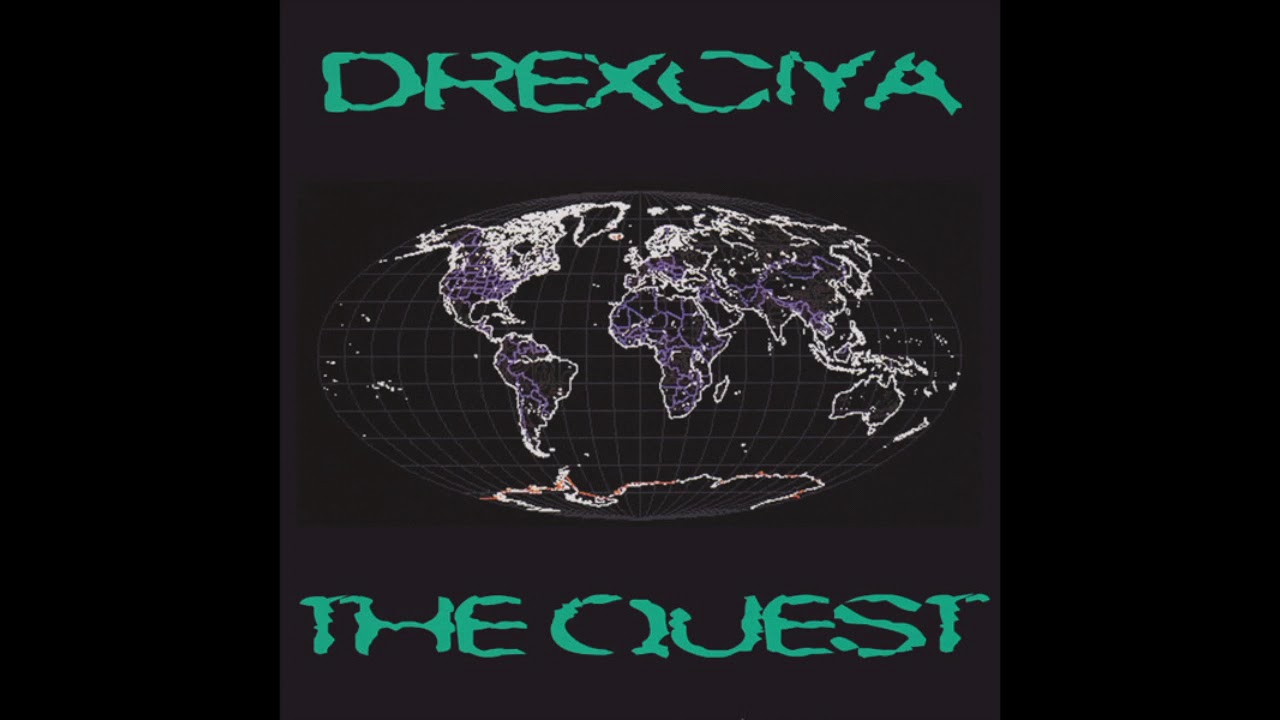
Rumors that Drexciya had separated in 1997 were denied two years later. James Stinson when a new song under his name appeared on the compilation by Underground Resistance Insterstellar Fugitives. This was followed by three new albums by Drexciya. These albums are believed to have been the solo work of James Stinson. Both he and Gerald Donald continued to create prolifically in their respective separate projects.
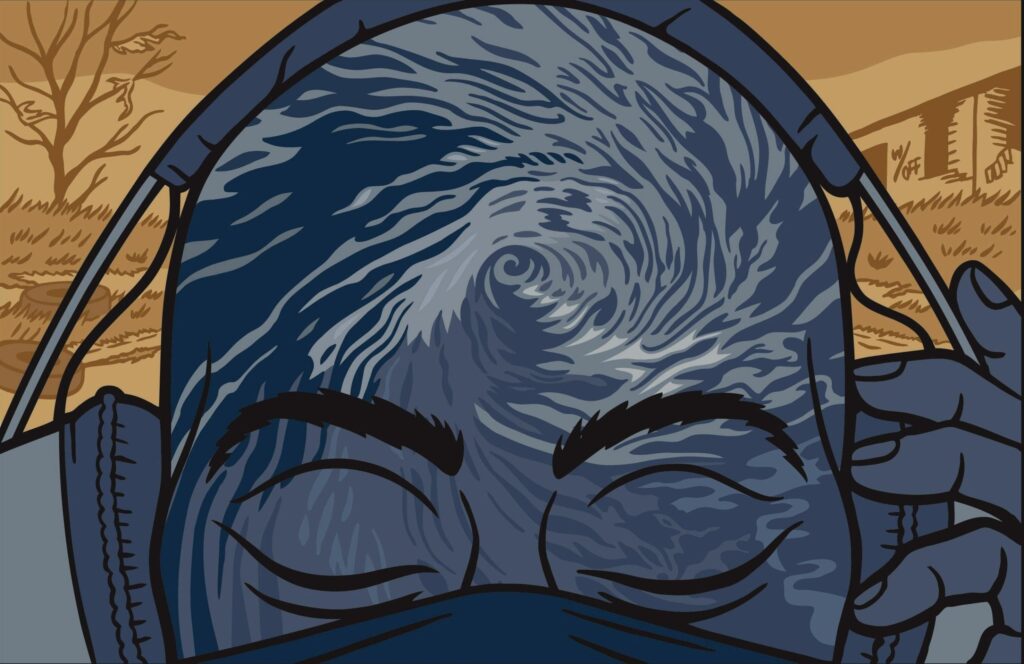
Although both members of Drexciya remained in complete anonymity throughout their career, James Stinson was identified after his death in 2002. The members of Drexciya They have never been photographed, although they have given interviews, during one of which they wore masks of Star Trek to conceal their identity.
ROLAND TR-808 RHYTHM BOX
The Roland TR-808 Rhythm Composer was one of the first programmable drum machines ("TR" was short for Transistor Rhythm).
Introduced by Roland Corporation in 1980, was originally conceived for the creation of demos by studio musicians. As a drum machine for Roland In previous years, their sound did not resemble that of a real drum kit.
The TR-808 was a step forward compared to the previous drum machine from Rolandthe CR-78. It had more sounds (12 in total) and better controls to allow real-time control of the sounds: rotary volume knobs for each sound, and pitch and decay adjustment controls for the most important sounds. The memory for storing patterns had increased considerably: 32 different patterns could be stored, and they could also be chained together to generate songs, 12 of which could also be stored in memory. The memory was non-volatile (maintained with the aid of 3 AA batteries). The programming interface had been greatly improved: a row of 16 buttons allowed the user to employ a very intuitive step programming mode - the pattern was divided into 16 steps, and buttons and LEDs indicated whether a certain sound was playing at each step. The unit also featured the then-novel clock interface DIN-Sync for synchronization with other devices, plus 3 trigger outputs to control other devices. The TR-808 appeared before the invention of the interface MIDI.
